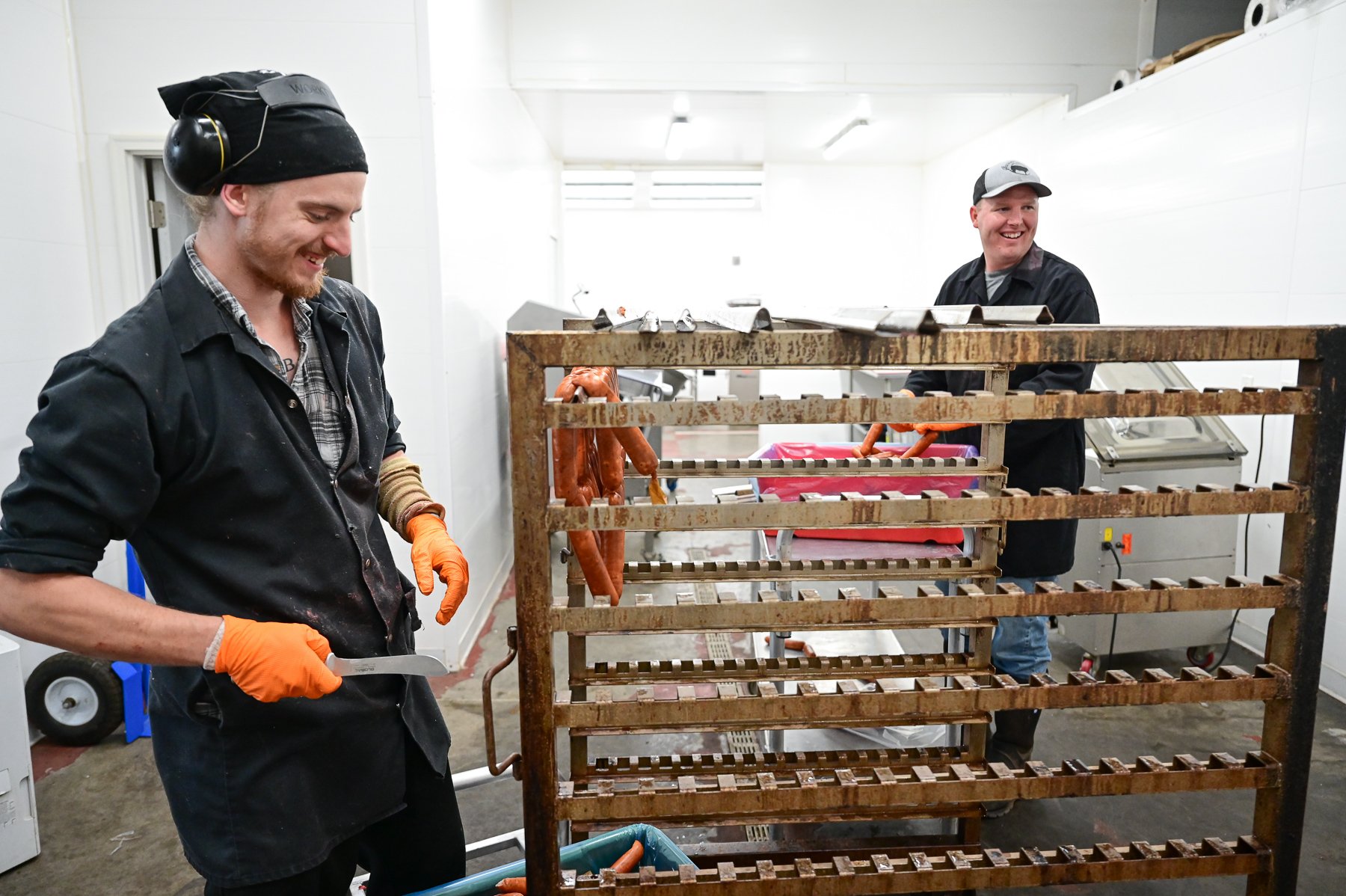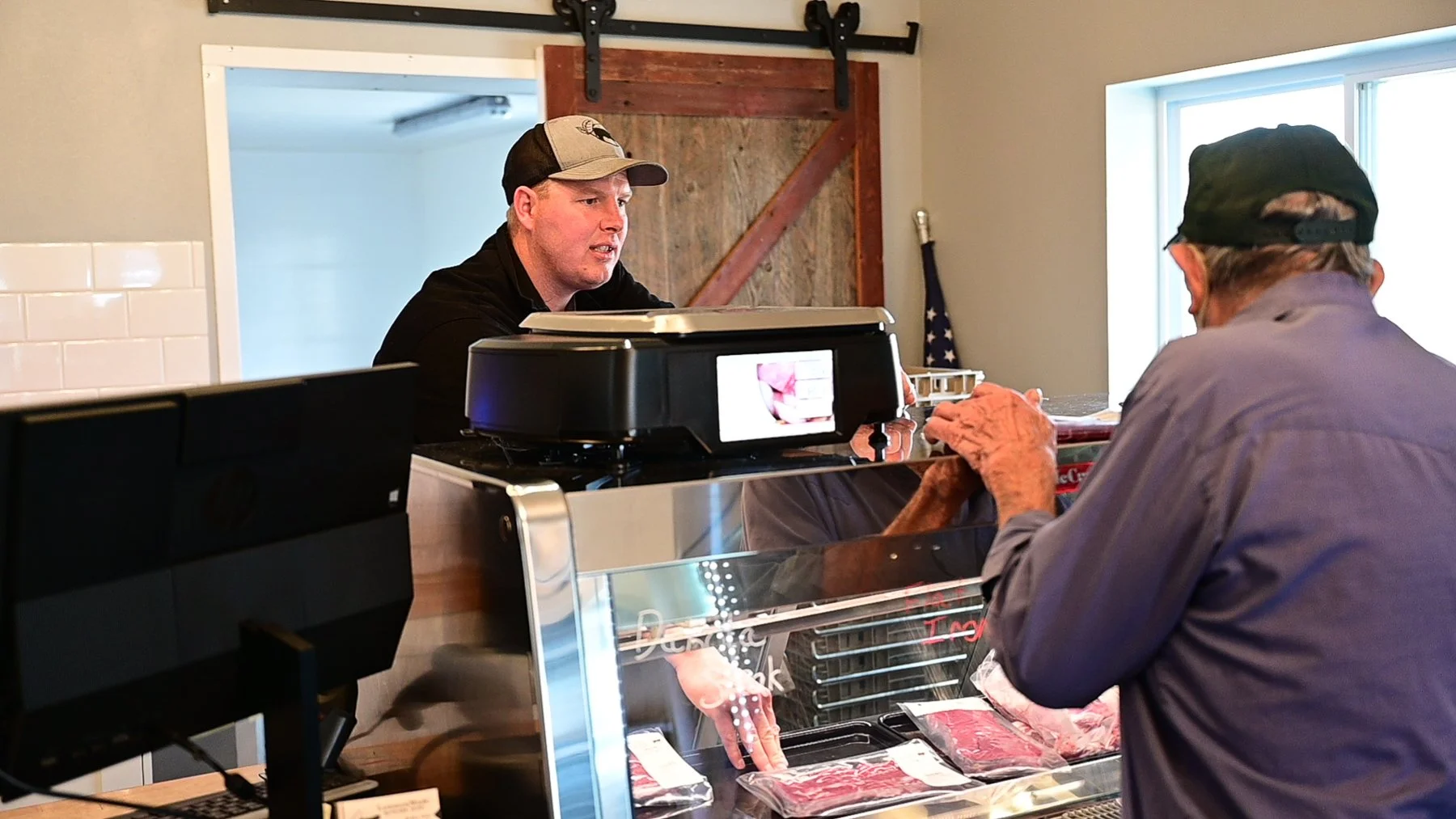How one Small-Scale Meat Processor in South Dakota found Success in a time of Corporate Consolidation
Even before Lemmonmade Butcher opened in January of 2019, the small-scale processor had three months worth of work lined up and has continued to operate at capacity since. Lemmonmade, named after its roots in Lemmon, South Dakota, has been extremely successful considering corporate consolidation has put 40% of small-scale processors out of business since the 1980s.
Carl Kimmerle’s voice echoes throughout Lemmonmade. He knows the names of nearly every person walking through his storefront looking to buy locally raised meat products. Carl is the owner and operator of Lemmonmade Butcher but his demeanor amongst his staff makes him feel like another member of the crew. Many of his staff have been with him since he opened, which has solved one of the many challenges of starting a processing plant, as it typically takes nearly two years before meat processing employees are able to work completely independent.
Carl knew that farming and agriculture held the key to the lifestyle he and his family were looking for. He also knew that because of the start-up costs and the decreasing payout for ranchers and farmers, there are very few first-generation farmers in the United States. Carl grew up in southern Utah, near a cattle ranching community, but was not born into a farming family. “I was in college when a professor asked me what I would do with my time if I had all the money in the world?” The answer was easy for Carl: agriculture. “I love growing things. I love creating something out of nothing, which is what farmers do. They take nothing and turn it into everything,” explained Carl. The community and the people that come with that lifestyle also held a strong appeal for him, but he knew he would need to figure out a creative way to make that happen. When he did the math, he figured he could possibly make his mortgage payments if they raised beef and sold it by the pound, but there was no processing capacity in that area of South Dakota at the time. That’s when Carl saw both the issue and the solution. The bottleneck in the meat packing and processing industry could provide him the opportunity to start a business that would later allow him to live out his dreams of farming.
To understand why the success of Lemmonmade is so unique, it’s important to look at what makes becoming a small-to-mid-scale processor so difficult. Most of the challenges come from federal regulations and the costs required to meet those regulations. “For the most part, there's really only four companies who can comply with the outrageous terms of the federal government,” explained Carl. One such example was in the early 2000s when the USDA introduced an enhanced Hazard Analysis and Critical Control Point (HACCP) process, which is sometimes referred to as food safety for astronauts, due to the intense testing and microbiology involved. These tests are costly and the Food Safety and Inspection Service (FSIS) created plans that involved annual testing, whether issues had been identified or not. It has been estimated that 20 percent of small plants went out of business around this time due to these tests costing tens of thousands of dollars every year. To Lemmonmade’s benefit, South Dakota has its own meat inspection bureaucracy. Carl purchased his own equipment for e-coli testing and is able to do the testing himself onsite. However, South Dakota is an exception to the rule and if you’re a processor expecting to be USDA inspected, you can anticipate much higher costs. “The biggest costs are the costs of compliance. In general, most small plants will have a dedicated compliance person and that’s pretty much their entire job is to deal with the bureaucracy. If you're killing 1000 beef a year and it costs you 50,000 in labor just to do the paperwork,” explained Carl. Most large scale plants wouldn’t bat an eye at costs that would bankrupt smaller scale operations. “Foodborne illness cases from red meat are almost statistically non-existent but the federal government has created a regulatory burden that most small scale operations can’t afford to meet,” said Carl.
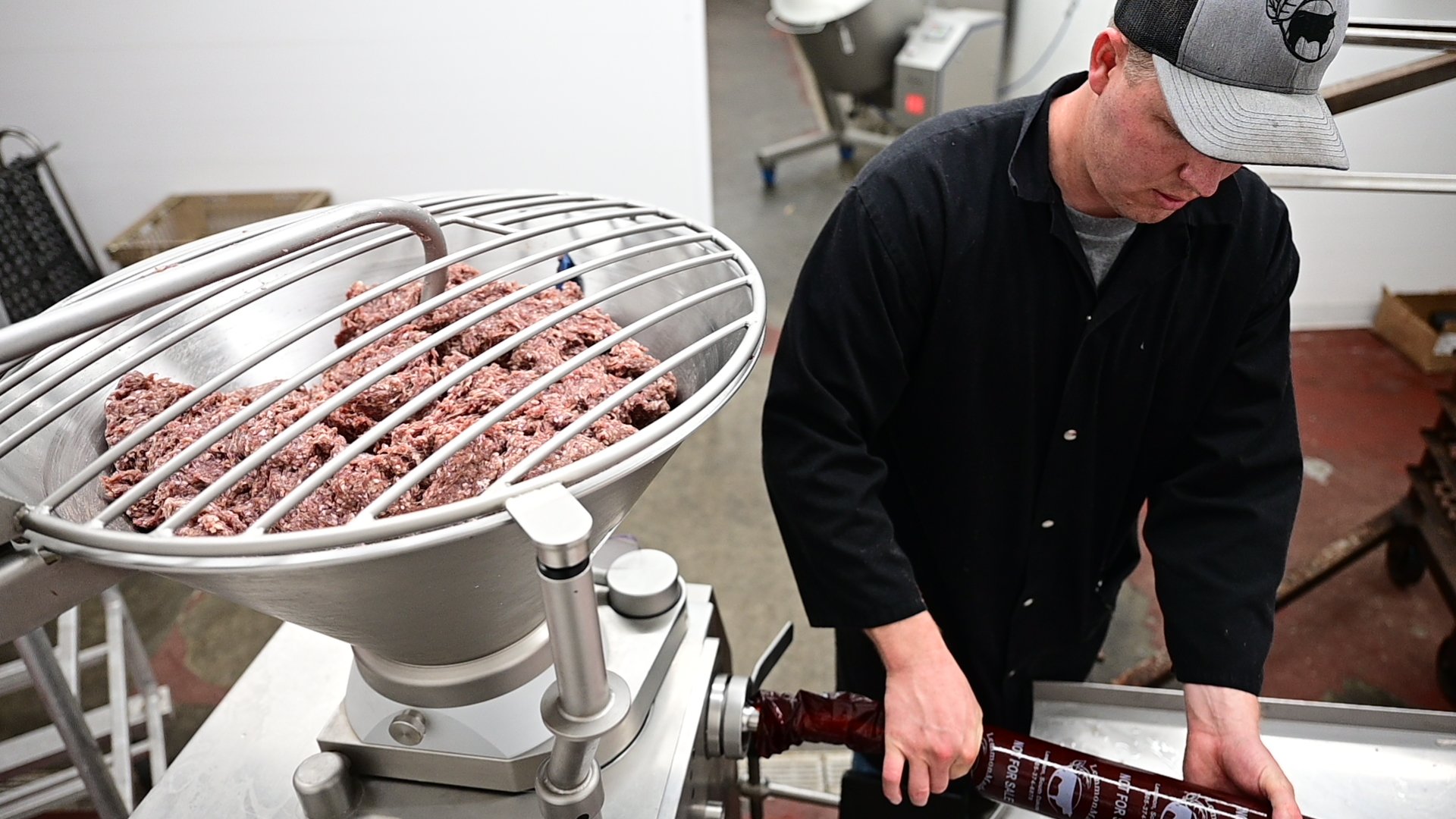

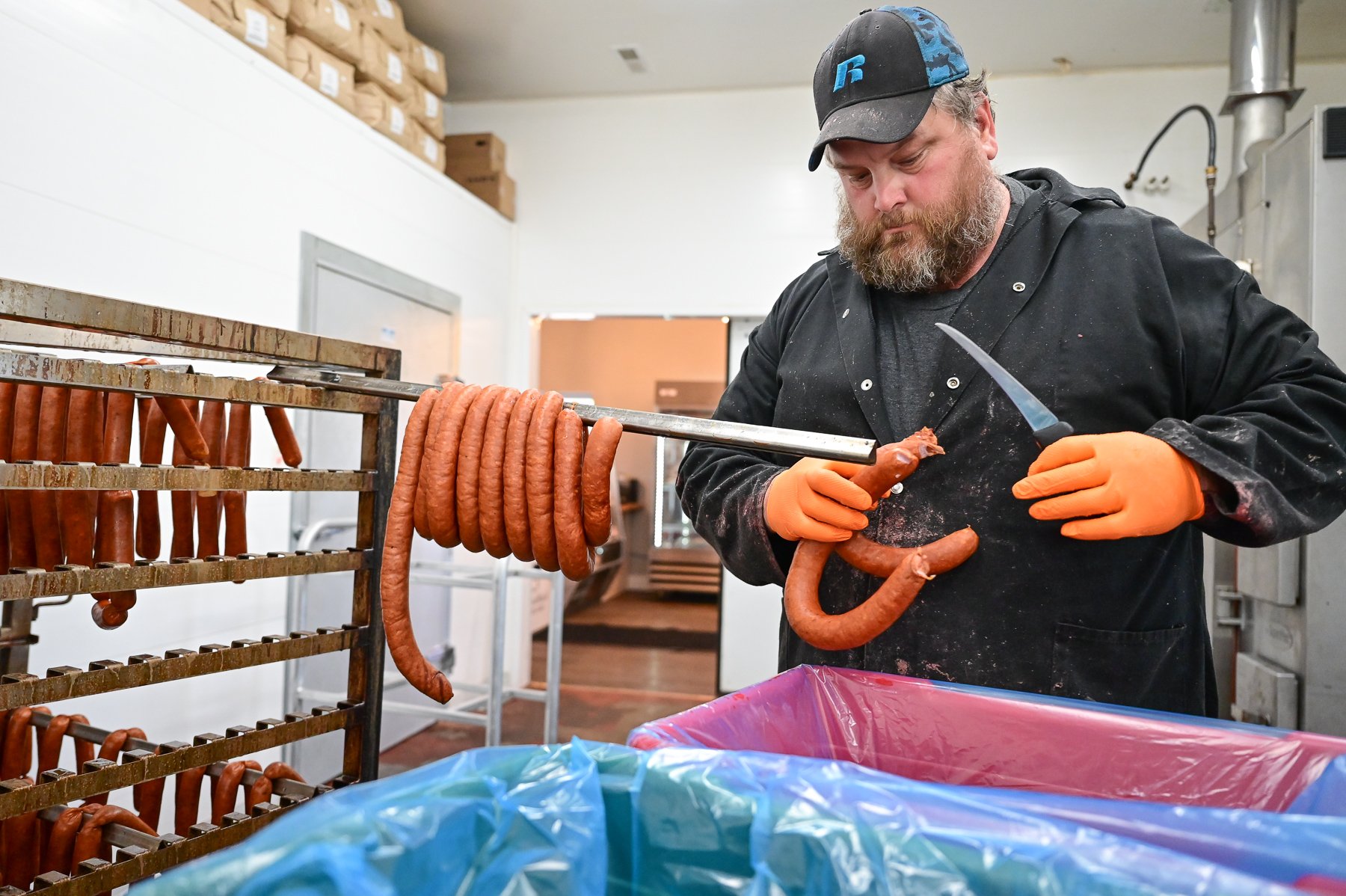
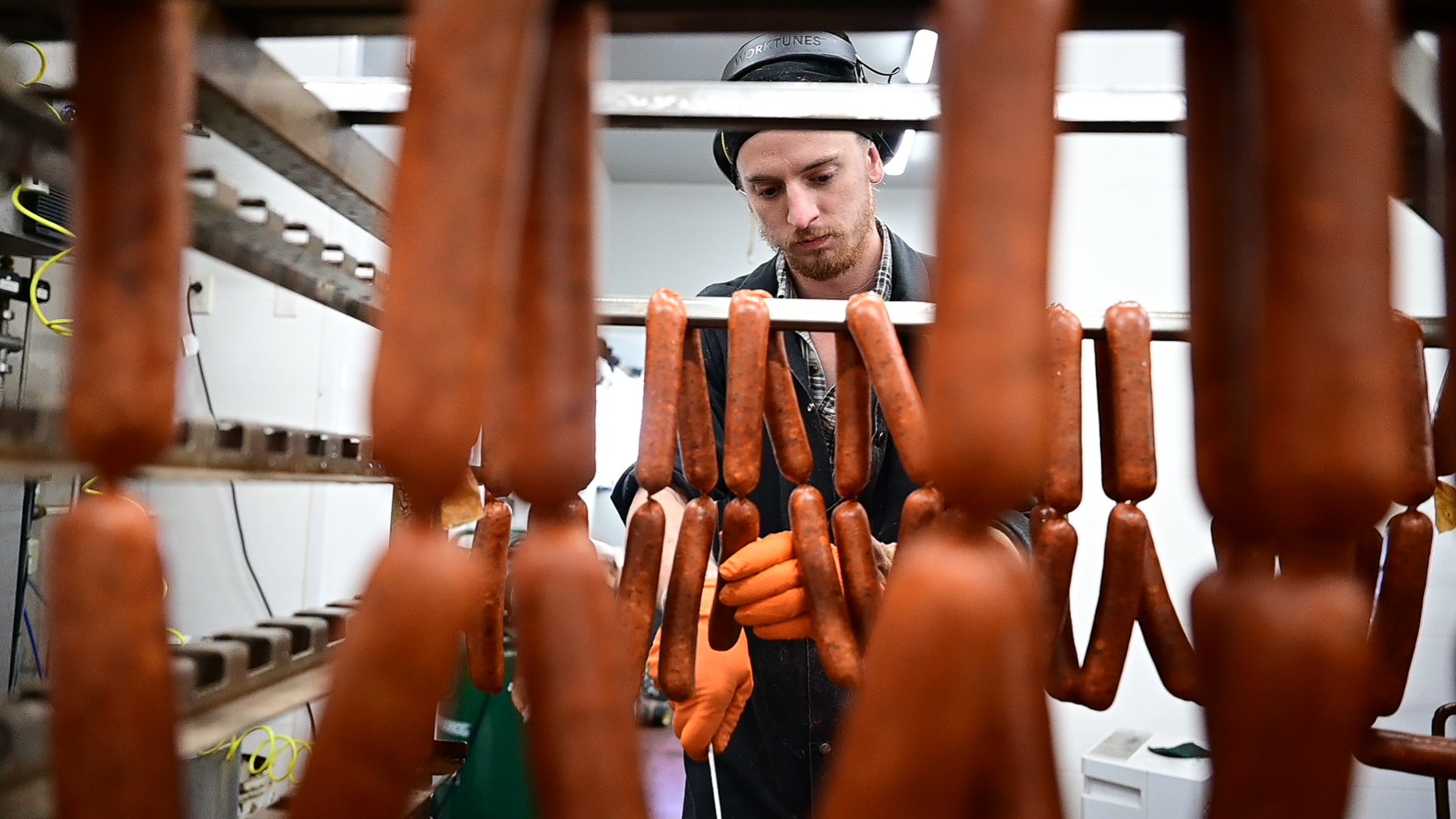
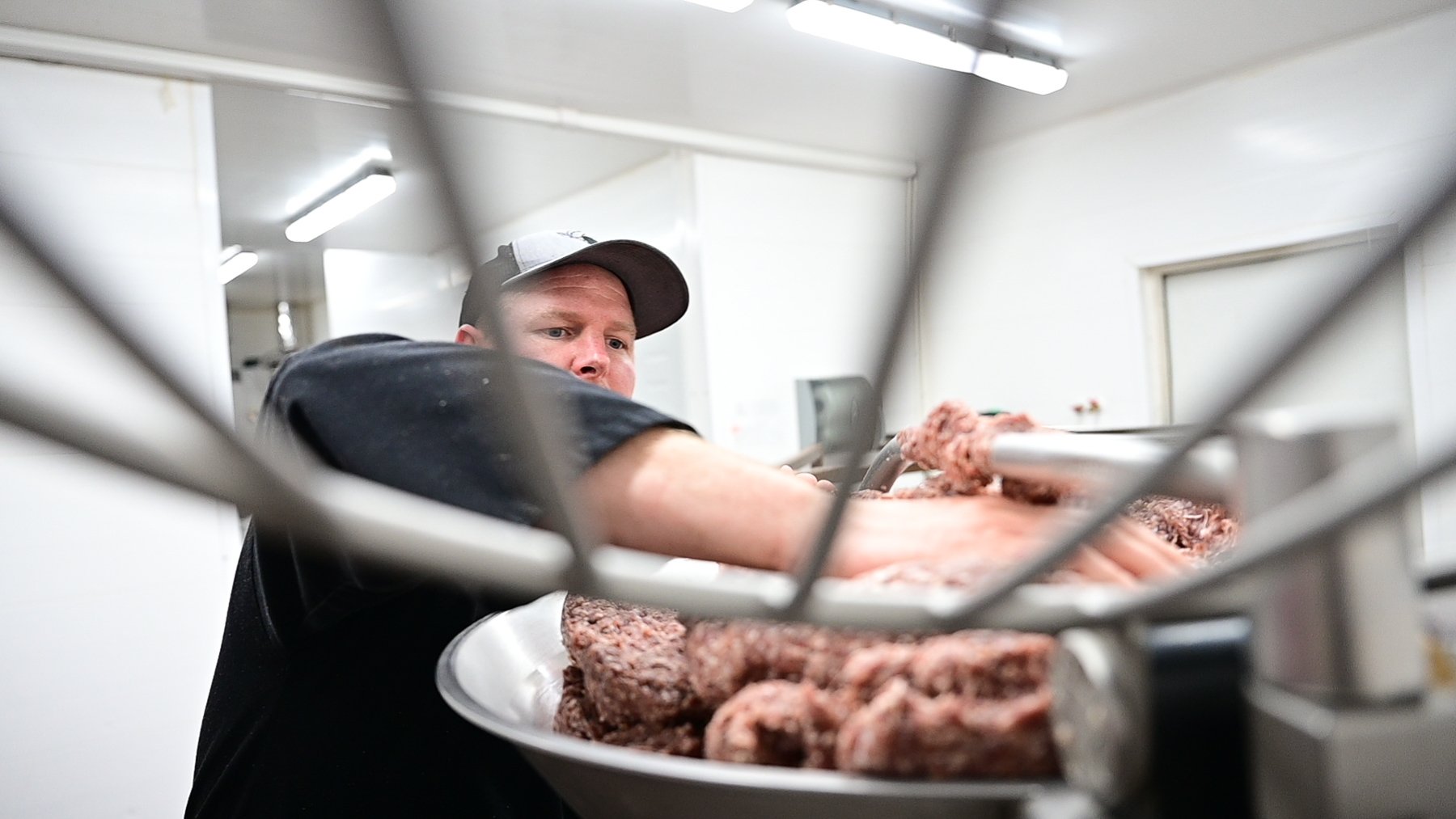
While these costs and demands were putting small packers out of business, big agriculture continued to grow. The COVID-19 pandemic revealed the flaws in the consolidated meatpacking system. The virus spread throughout the limited number of large processing plants, infecting the employees, causing the plants to shut down and resulting in the euthanization of millions of animals. During this time, many people began turning towards local food, which proved to be more resilient during the crisis. In turn, the limited number of small-scale processing plants made it difficult for small farms to keep up with demand.
Building a processing plant with the capacity to process 20 cattle a week costs between 2 and 3 million dollars, according to USDA standards. Carl was able to do most of the construction on his own, which saved him considerable money and helped to push Lemmonmade Butcher from an idea into a fully functioning shop. Getting started is only half the battle of building and operating a new processing business. Smaller operations have to face the fact that they are considerably less efficient than larger-scale plants, which in-turn means charging a higher cost for the service. “It’s the economics of it. We're not efficient compared to the big packers. And then furthermore, we're made less efficient by the regulatory burden placed upon us by the USDA,” said Carl. The American Meat Processing Convention did a cost survey with their members in or around 2010. They asked members for total annual expenses and total volume processed, to come up with an average cost. “With labor, utilities, supplies and overhead the average small processor cost was .68 cents. Costs have gone up significantly since 2010. The big four meat packers were more like .32 cents because of scale efficiency, short aging times, imported labor, equipment and more capital,” said Carl.
Another key component to success was understanding the demographics of the area where Carl wanted to establish his shop, and the type of clients he wanted to serve. The population of Perkins County is approximately 2,500 people and according to USDA data there’s around 500 registered farms, one of which is a cow-calf operation. This means that the majority of people that Lemmonmade is serving are people bringing a cow or two a year to be processed for their family and friends to eat. “That's our bread and butter, that's our favorite clientele, our favorite customers. And then we get quite a few people who sell quarters and halves of beef,” explained Carl. Most small scale farmers have extreme difficulties getting dates at large-scale processors, especially those only bringing ten cows or fewer per year to slaughter. If they happen to luck out and get a date for processing, most farmers are driving hours upon hours to get to the site of these larger-scale plants. Building more small-scale processing plants opens the door for more options for local farmers to sell their products. This can contribute to smaller carbon footprints within the food system, keeping the whole process local.
Every part of the butchering process takes place at Lemmonmade. The plant includes a store front, a kitchen for making value-added products, the slaughtering and processing areas and a walk-in freezer room. From start to finish, Carl's employees know how to process and pack 35 different types of retail cuts. A good portion of the meat then gets processed into value-added products such as snack sticks and sausages. Offering value-added products also helps Carl keep the doors open by bringing in more revenue. “I enjoy eating food that was raised closer to nature, closer to a natural environment,” explained Carl. By servicing small-scale and family farms, Carl believes this is how a processing plant of his size can appeal to the consumer as well. “In the last 20 or 30 years, as people understand a little bit more about where the food comes from, there's a different demand. We want food that comes a little bit closer to nature, with a little less intense system,” said Carl. As much as the consumer wants to shift in their food habits, big agriculture corporations have used marketing tactics to create a facade to appeal to people trying to make different choices with their food. “And so to me, the issue is not that people don’t want cage-free chicken eggs, for example. But these big corporations have defined a cage as a 12 by 12 box. So if you put it in a 24 inch box, you can put cage-free on the label,” explained Carl. This is only one of many instances where corporations have changed the language to confuse the consumer into buying the same product.
Carl holds no animosity towards the reality that most farmers have to work with the big meatpackers. “They're doing that because that's what the consumer has demanded,” said Carl, “but the reality is that a lot of those marketing gimmicks are frustrating.” With 99% of pork on the market coming from confinement lots, it becomes more and more difficult for consumers to connect with local producers. “By going to your local butcher, your butcher can put you in contact with your local farmer who is raising the kind of meat you’re looking for. I get people in here all of the time asking for recommendations,” said Carl. Those close knit community relationships foster a greater sense of food security and food safety, because you know exactly where your food is coming from. Carl hopes the continued success of his shop will provide him the resources to pick back up his dream of running his own small farm with his family. Until then, Lemmonmade Butcher continues to strengthen its key relationships with local producers, keeping the food system at home in Lemmon, South Dakota.

